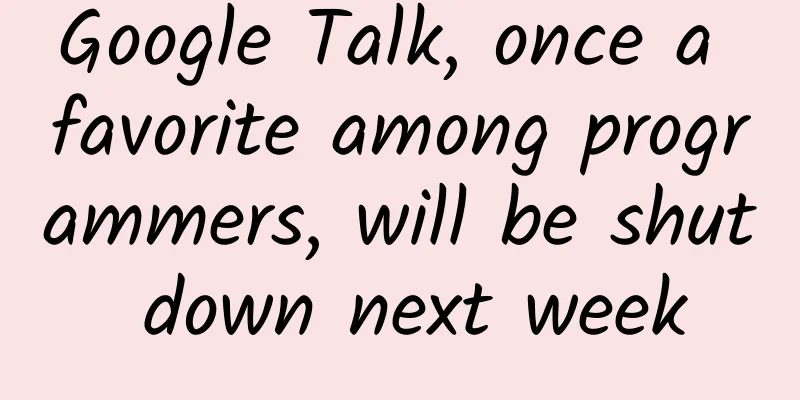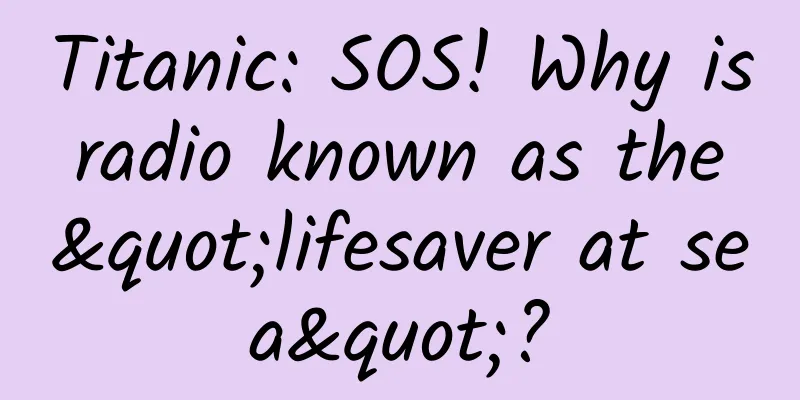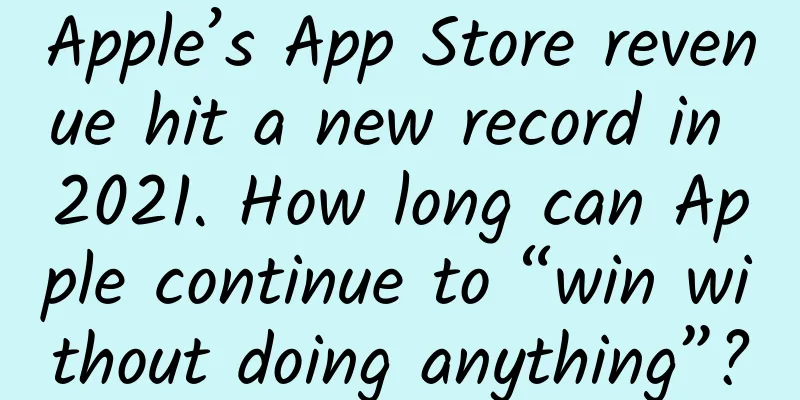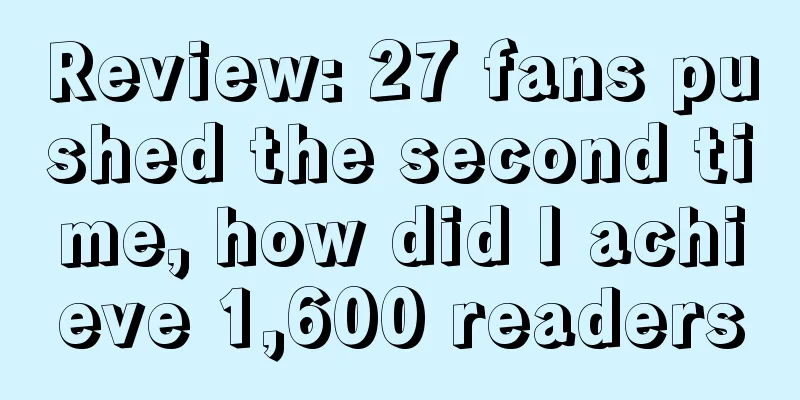Android version split, developers don't need to worry too much
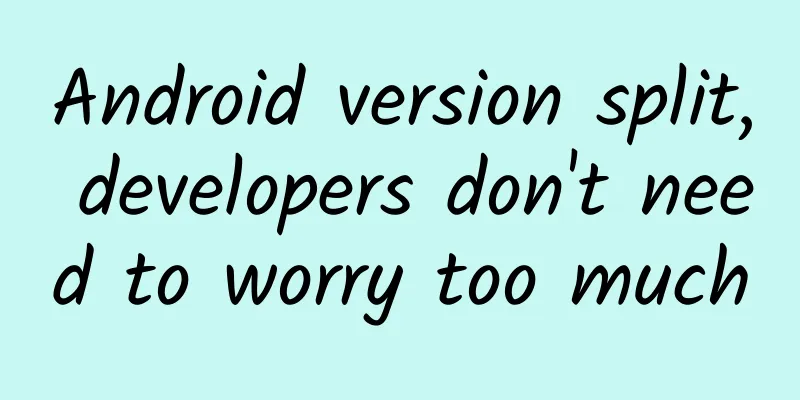
|
Recently, Google released a distribution chart of Android versions. The situation is not optimistic as always. The latest version of Android 5.0 Lollipop has a market share of only 0.1%, while Android 4.4 Kitkat has just reached 39.1%. We can once again lament that the Android system version is split. However, Pocket Casts developer Russell Ivanovic wrote on his blog that from the developer's perspective, this split actually does not have much impact. He believes that when people see these numbers, it is easy to make wrong analysis. These analyses often ignore two facts. First, the number of Android devices on the market is 6 to 7 times the number of iOS devices. Therefore, if developers target the KitKat version of Android, which has a 39% market share, then the number of users may exceed that of iOS 8. Second, people often confuse the overall number with the number of users who actually purchase the app. Take the users of Pocket Casts as an example: From the perspective of the overall Android ecosystem, Android 5.0 only accounts for 1% of the market share, but among Pocket Cast users, 23% have already used the latest system. The reason is that those who buy apps and those who like the Android system have phones with brand new systems, while those who use old phones that are more than 5 years old and run Android 2.3 may never buy Pocket Casts. In addition, Android has another feature that is different from iOS. If iOS users want to use the features of iOS 8, they can only install iOS 8, but this is not the case with Android. Google has put many features in two libraries: Support and Google Play Services. Google Play Service is updated through the store and is not bound to a specific version of the system, while Support is something that developers put in the app and is updated daily by Google. When a new version of Android is released, many new APIs are in these two libraries, not in the core part of the system. This means that even with older system versions, users can use new features. In some ways, Android's backward compatibility is better than iOS. His advice to developers is
The title image comes from epilaredev |
<<: Changsi Advertising won the Dark Horse Enterprise Award at the 2014 New Marketing Awards
>>: 【2014】GitHub China Developer Annual Report
Recommend
Disassemble Xiaohongshu's competitive keywords and master the brand placement strategy
Xiaohongshu’s brand marketing cannot be separated...
Android application source code imitating NetEase client source code effect
Source code introduction Imitation of NetEase cli...
The latest APP promotion ASO optimization experience sharing in 2015
In the era of mobile Internet , ASO has risen to ...
Why is juniper pollen so popular? The scientific truth behind the "smoking" of the top streamers
This spring, juniper pollen has become a "to...
Tips for placing video ads in the wedding photography industry!
Introduction: As the weather gets warmer, the wed...
A complete analysis of Tik Tok’s content operations, just read this article!
Just yesterday, Douyin announced that its daily a...
This plant that is blooming on the roadside is actually the raw material for banknotes!
Do you know "Jiexiang"? Yes, it is the ...
400 phone procedure? How to apply for a 400 phone number?
Since its launch, 400 telephone has been consider...
Smart home is booming again, Changhong CHIQ is moving forward steadily
With the rapid development and popularization of ...
Android 4.4.3 Where are you? Don't worry, we are testing it
The legendary May 23 has passed, and we have not s...
Dismantling the operation and promotion strategies of 360, Xiaomi, WeChat and Oasis
What I will share today are the product operation...
Bidding promotion plan for the wedding photography industry!
1. Overview of the wedding photography industry b...
Alipay Android package size is extremely compressed
Preface In this chapter, we will start a new seri...
The underlying logic of advertising
Today, let’s analyze the underlying logic of adve...

